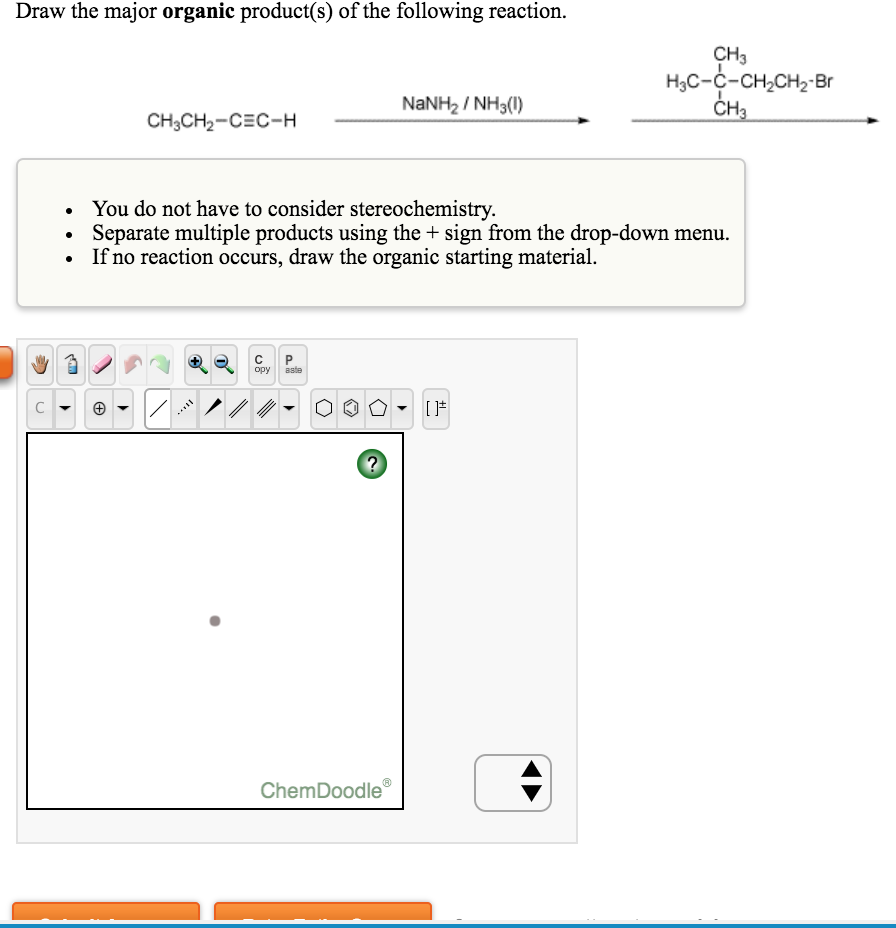

This will then allow us to calculate the activation energy by recognizing the slope is equal to negative media over our. What we have to do is go to Excel and plot the natural log of the rate constant as a function of one over the kelvin temperature. To determine the rate or the activation energy graphically. In both cases, I get to three significant figures 79 1 killer jewels per mole. And I get 79,142 jewels per mole or because it wants it and kill a jules per mole. My values are being a constant at 8.314.Īnd as suggested, I'm using the first and the last K values the first and the last temperatures from the list.

Is equal to our multiplied by the natural log of the rate constant ratios divided by the difference in the reciprocal of the kelvin temperatures.

If I use the equation slightly modified from the textbook, rearranged just so I can solve for E.Ī. That then is equal to negative ea over R Or E. This is what I get with a slope of negative 9 515 0.7. I went into Excel, I converted my temperature into a Calvin temperature, converted the kelvin temperature into a one over value and then I took my rate constant and took the natural log of that and then I plotted the natural log of the rate constant as a function of one over the kelvin temperature. We end up with a slope that is equal to negative Ea over R. Then plotting natural log of X as a function of one over the kelvin temperature, one over the Kelvin temperature being X.
#WRITING REACTIONS IN CHEMDOODLE PLUS#
Multiplied by one over kelvin temperature plus natural log of a. If we use the equation, natural log of K equals negative Ea over R. That allows us to calculate the activation energy. We need to plot the data that is provided will do so in a fashion. To determine the activation energy graphically.


 0 kommentar(er)
0 kommentar(er)
